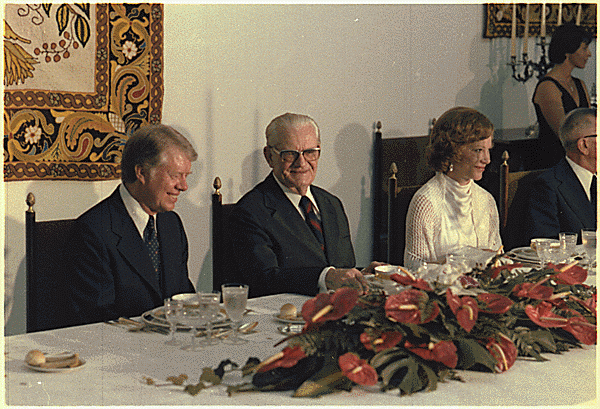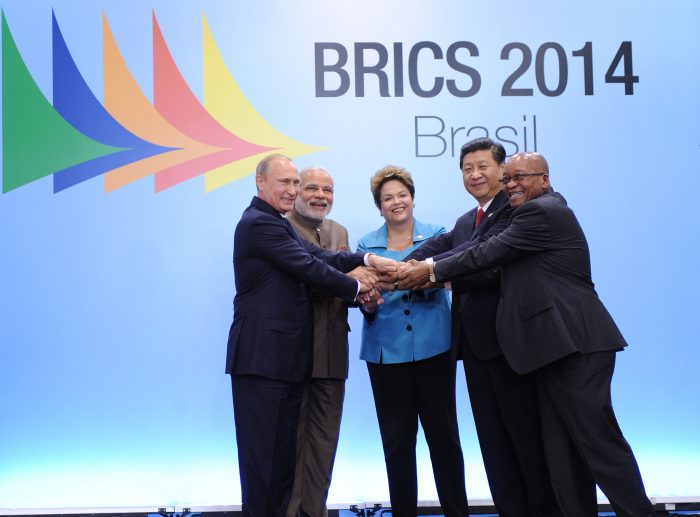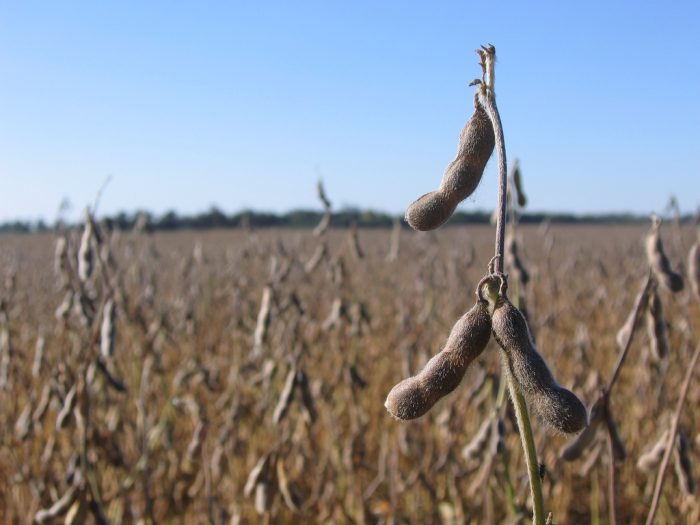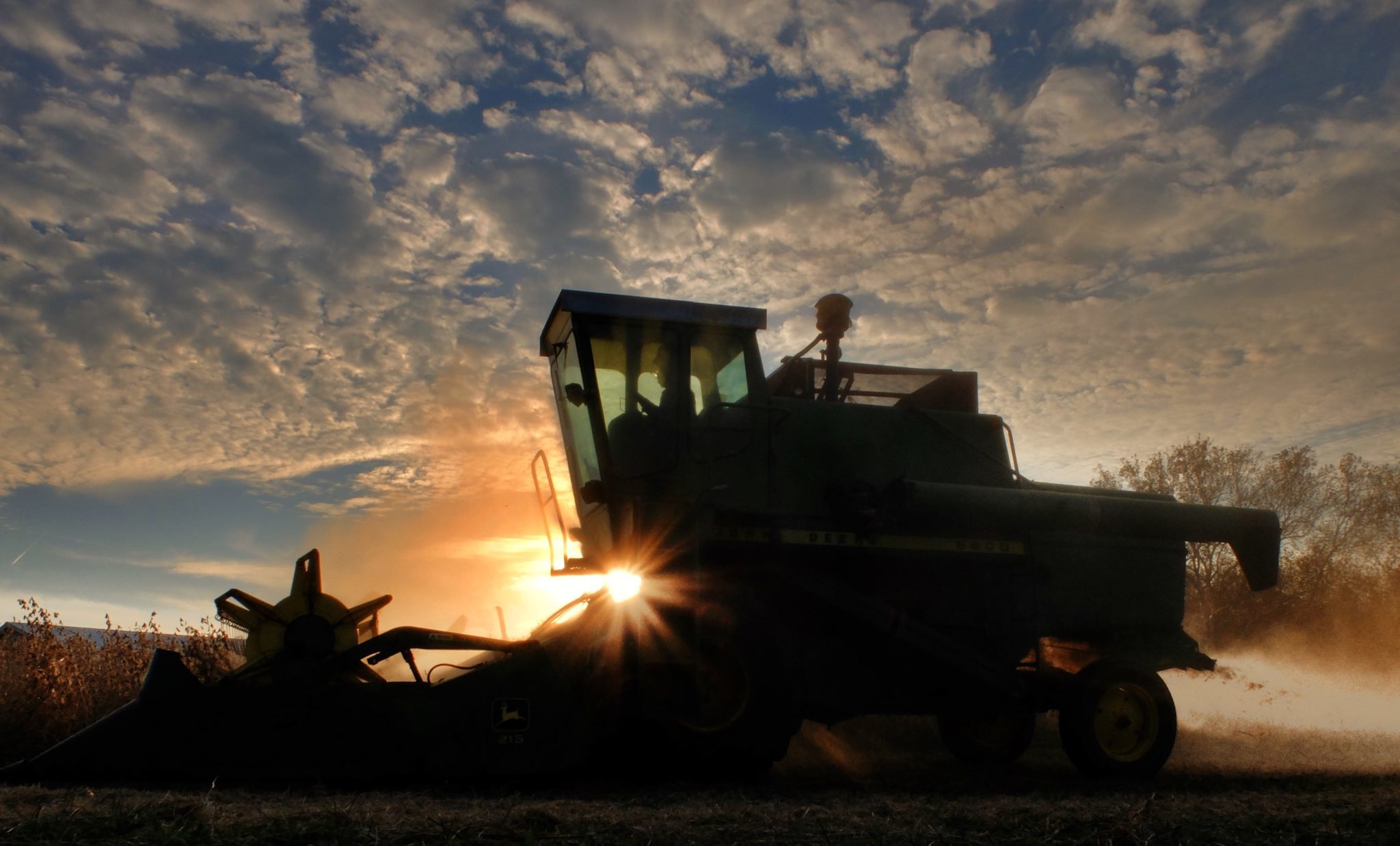Over the past 15 years, China’s explosive growth has moulded Brazil into a global agricultural powerhouse. Driven by growing Chinese demand for commodities, Brazil went from net food importer to the third largest exporter of agricultural products in the world. In 2009, China became Brazil’s largest trading partner, leaving the US in an ever distant second.
The boom meant years of growth for Brazil. It stabilised years of hyperinflation with stacks of foreign currency reserves and bold domestic social policies expanded the workforce, lifting tens of millions out of poverty.
Then came crisis. China’s growth slowed and leftist then-president Dilma Rousseff implemented a series of controversial economic policies that went badly wrong. An unprecedented corruption scandal further corroded the credibility of the political and economic establishment. An almost three-year long recession threw millions back into poverty and unemployment.
In 2018, Brazilians voted for radical change. New far-right president Jair Bolsonaro has promised to transform the country. As part of his overhaul, he has promised closer alignment with the US. He has identified China’s growing influence in Brazil as a threat.
Congratulations to Brazil’s new President Bolsonaro. It’s great to have another U.S.-friendly leader in South America, who will join the fight against dictatorships in Venezuela and Cuba, and who clearly understands the danger of China’s expanding influence in the region.
— Nikki Haley (@NikkiHaley) 2 January 2019
China, however, is likely to stick around. Exports are growing, and, following a visit from Chinese ambassador Li Jinzhang, Bolsonaro said trade between the two countries “could even grow” during his presidency. Today, China is the destination for 27% of Brazilian exports, the US accounts for 12%.
“Unlike the other great partner we have, the US, China effectively needs Brazil,” Roberto Jaguaribe, head of Brazil’s Trade and Investment Promotion Agency, told a recent conference on Brazil-China relations. “It’s not an ideological question, but one of supply and demand.”
In light of government failure to stimulate powerful economic growth in the last four years, experts hope Brazil can seize the multiple opportunities the Chinese market presents.
“It’s a pivotal point,” career diplomat José Alfredo Graça Lima told the conference. Brazil, he said, needs to decide “what its true needs are.”
Ambassador Li agrees the relationship is at a critical juncture:
“We can say we are the best moment, and at the same time, the worst. The best because of the irreversible rise of the group of developing countries, and the worst because certain countries attack economic globalisation with ‘fire and fury,’ resisting the construction of a fairer, more reasonable and more inclusive international system.”
Brazil and China 45 years on
This year will mark 45 years of China-Brazil relations. When they were established in 1974, a military dictatorship ruled Brazil, promising to save the country from communism. Former army captain Bolsonaro has expressed support for Brazil’s violent, historic anti-communist purge and invoked the de facto government’s actions in speeches railing against successive former Worker’s Party (PT) presidents Luiz Inácio Lula da Silva (known as Lula) and Dilma Rousseff.

As both countries grew, relations grew tighter, resulting in the signing of a 1993 strategic partnership. In 2004, they created the Chinese-Brazilian High-Level Concertation and Cooperation Commission. 2017 saw relations upgraded to a ‘comprehensive strategic partnership’, the highest level diplomatic status China bestows on international partners.
There is complementarity in the relationship: China needs the resources Brazil provides.
“There is a certain parallel between the two countries. There is a symmetry,” said Valdemar Carneiro Leão, Brazil’s ambassador to China until 2015. “[China] likes to say that China and Brazil are the two biggest developing countries in the two hemispheres.”
According to Jaguaribe, however, China isn’t, nor will be, a predictable and self-sufficient partner: “It will have great demands on three fundamental sectors: energy, food and minerals. Those are three sectors Brazil is highly qualified to serve.”
Trade has mostly centered on commodities, with soybeans making up the bulk of trade. Soybeans are mostly fed to China’s pigs. In 2014, Brazil was responsible for 36% of Chinese imports of soy. The commodity is one of the few food products China relies on other countries to supply. With a growing population and heavily degraded soils, China didn’t have much choice but to look overseas and in 2001 slashed import duties on the import of the staple.
“This created a dependence for us that is, in the case of soy, concerning. It already accounts for 80% of all we produce,” Carneiro Leão said. “But Brazil is lucky to have a buyer.”
The experts say the partnership between the two countries led to closer coordination for developing countries in the international arena. Through BRICS, the political bloc that unites China, Brazil, India, Russia and South Africa, and the BASIC group (which excludes Russia) they fought for change in global governance and environmental policy.
This year, Brazil is president of the BRICS and will host its annual conference.

Primarisation or Deindustralisation?
Some worry that China’s market demand and manufacturing competitiveness strain Brazilian industries and risk jobs.
“It’s not a problem just for Brazil,” said Lia Valls, an economist at the Fundação Getúlio Vargas. “It’s a global thing. What you have to do is get better in the service sector, since agribusiness doesn’t employ that many people, and neither does the extractive industry.”
Valls adds that Brazil used to have a powerful footwear industry, and even sold cellphones to the US. But cheaper Chinese products meant Brazil lost market share, not only in the US, but within South America.
Brazil was, in many ways, left behind. In 1980, it contributed 2.3% to the global industrial GDP, and China to 1%; in 2011, however, Brazil was contributing 2.1%, and China, 8.1%.
Today, Brazil exports mainly three products to China: soybeans, iron ore and oil. Together they account for more than 80% of exports. Experts say Brazil needs to diversify and demand from China’s growing middle class will bring opportunities.
“We have to create strategies for each sector so we can reach the shelves,” said Jaguaribe, adding that Brazil needs to better understand the Chinese market. Coffee and China’s newfound interest in football also present opportunities, he said. Brazilian investors should look to China despite the misconception that this might mean exporting jobs.
“It’s better to sell 20 or 30% of something than 100% of nothing,” he said.
Valls said Brazil has other obstacles to overcome in order to compete, including mind-boggling bureaucracy and a patchy logistics structure.
Brazil is by far the Latin American country that receives the juiciest share of Chinese investment. In terms of foreign direct investment (FDI), Chinese investors have channeled $70 billion to Brazil since 2003 and announced a further $65 billion in 155 confirmed projects. However, most Chinese FDI has supported mergers and acquisitions, not greenfield projects.
Chang Yunbo, the CEO of CCC Latin America, which recently bought Brazilian engineering company Concremat, told an audience of investors Brazil didn’t do enough to support greenfield investment.
“The public sector cannot just take it for granted,” he told investors in Sao Paulo recently. “It’s easy to grant a concession. To generate a massive-scale long term transportation infrastructure project, which will take billions and billions in investments [but] there needs to be more participation, more contribution, more responsibilities from the public sector.”
Environmental Impacts
Brazil’s soy production has expanded massively in the last 15 years and it is now the world’s leading procducer. In 2004, Brazil produced almost 50 million tonnes of soybeans. Estimates for 2018 put the figure at 117 million tonnes.
This has come at a great cost to Brazil’s savanna-like biome, the Cerrado. Since the 1970s, the Cerrado has lost nearly half of its natural vegetation to the expansion of plantations and pastures. This is less of a problem in the Amazon, where other factors drive deforestation.
“Brazil increased its soy production in the last 12 years, and continues to. But at the same time, Brazil managed to reduce deforestation in the Amazon,” said Beto Veríssimo, co-founder of Imazon, an environmental watchdog.

For Veríssimo, reductions in the rates deforestation prior to a recent spike show it’s possible to increase production of the products China demands while still protecting the environment.
In 2006, commodity traders signed up to the Soy Moratorium, a pact designed by producers and environmental activists pledging to refrain from selling soy produced in deforested areas.
Climate Allies
Brazil and China’s partnership on environment has in recent years translated into global cooperation on climate change. As the US has vowed to abandon the Paris Agreement, the world has looked to China for leadership in the fight to stave off climate change.
As the custodian of the world’s largest tropical forest, Brazil will be central to any international commitment.
So far, however, the new government’s orientation has worried environmentalists. Bolsonaro admitted to asking Brazil’s Foreign Ministry to withdraw its candidacy to host global climate talks later this year.
Brazil witnessed a surge in deforestation during the election campaign as Bolsonaro threatened to curb the remit of environmental agencies responsible for protecting forests.
According to Jaguaribe, making good on this pledge would be disastrous: “Giving that up, something which brings us a position of global leadership, not just environmental, but agro-environmental, is foolish.”

